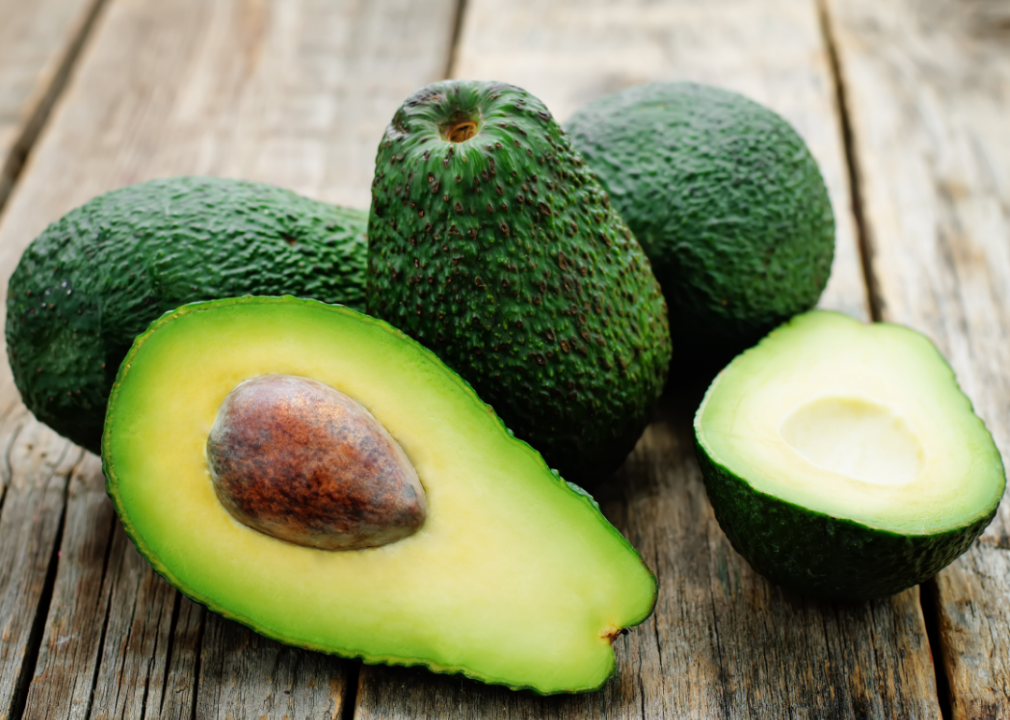alicja neumiler // Shutterstock
Nutrient deficiencies are relatively common. They occur when people don’t get unbearable of a unrepealable vitamin or mineral through the foods they eat, and the consequences of some deficiencies can be increasingly than feeling often lackluster. Some deficiencies, like vitamin E, can lead to serious health problems, including nerve damage. Others may rationalization people to wits symptoms such as anxiety, weakness, fatigue, and difficulty sleeping, which are difficult to trace when to a specific source, but may well come from not getting unbearable of a unrepealable nutrient.
While this all can sound like bad news, there are fortunately many ways to get unbearable vitamins and minerals. Some of the weightier sources of all the nutrients your soul needs are superfoods, which offer succulent ways to make sure you’re taking superintendency of your nutrition and your health.
To find the most worldwide nutrient deficiencies, Revive Superfoods analyzed data from a 2017 paper published by the Linus Pauling Institute at Oregon State University. The institute used data placid during the Center for Disease Control’s National Health and Nutrition Examination Survey. Nutrient deficiencies were measured by Unscientific Average Requirement (EAR), specified as “a nutrient intake value that is unscientific to meet the requirement of half the healthy individuals in a particular life stage and gender group.”
#10. Vitamin A
– Percent less than EAR: 5.7%
– Average daily intake from food:
— Naturally occurring: 377 μg
— Naturally occurring and enriched/fortified: 604 μg
Vitamin A is a vital nutrient for good vision, a well-functioning immune system, and good skin health. While deficiency is rare in the ripened world, pregnant people and those who breastfeed may be at higher risk for deficiency. A vitamin A deficiency can make a worldwide unprepossessed increasingly likely, skin act unruly, and impair vision over the long term. Symptoms include dry skin and eyes, withal with throat and chest infections. To get the full recommended value of vitamin A, load up on superfoods like carrots, pumpkins, and squash.
N K // Shutterstock
#9. Zinc
– Percent less than EAR: 6.5%
– Average daily intake from food:
— Naturally occurring: 9.8 mg
— Naturally occurring and enriched/fortified: 11.5 mg
Zinc is an important mineral that fights off infections and produces cells. Telltale signs of a zinc deficiency include hair loss, mental fogginess, and the reduced worthiness to taste and smell. How can you get increasingly of this mineral in your diet? Consider loading up on foods upper in zinc. These include meat and dairy—but vegetarians and vegans do have good options. Chickpeas are upper in zinc, and are spanking-new on their own, or pureed into hummus. Try our Chickpea & Pomegranate supermeal for a zinc boost!
Anna Shepulova // Shutterstock
#8. Phosphorus
– Percent less than EAR: 16.8%
– Average daily intake from food:
— Naturally occurring: 1,257 mg
— Naturally occurring and enriched/fortified: 1,280 mg
Other than calcium, phosphorus is the most worldwide mineral in the body. Without consuming adequate phosphorus, people may wits unorthodoxy pain, loss of appetite, anxiety, fatigue, irregular breathing, and weight change. Children may have the healthy growth of their wreck and teeth impacted. To get unbearable phosphorus, load up on a few key foods. These can include fish, nuts, grains, and zestless fruit. One pleasant way to get your phosphorus in is to opt for oysters surpassing your meal, as they are upper in phosphorus.
RusAKphoto // Shutterstock
#7. Vitamin C
– Percent less than EAR: 19.2%
– Average daily intake from food:
— Naturally occurring: 66.2 mg
— Naturally occurring and enriched/fortified: 84.8 mg
Those who don’t slosh unbearable fruits and vegetables are typically most at risk for a lack of vitamin C in their diets. Symptoms of a deficiency include fatigue, bruising, and unstipulated weakness. Symptoms may not towards until without several months of deficiency. Fortunately, it’s relatively easy to get unbearable vitamin C. Eat a rainbow of superfoods and vegetables full of the vitamin, such as oranges, peppers, broccoli, and strawberries.
lucio pepi // Shutterstock
#6. Magnesium
– Percent less than EAR: 35.5%
– Average daily intake from food:
— Naturally occurring: 229 mg
— Naturally occurring and enriched/fortified: 236 mg
Magnesium helps regulate the nervous system, from sleep to energy levels to mood. If you’re not getting enough, you may wits depression, dips in energy, and difficulty falling asleep. Fortunately, there are many ways to get a natural uplift of magnesium through your diet. Eating lots of leafy greens is the weightier plant-based way to incorporate magnesium into your daily supplies plan. Leafy greens include spinach, kale, and lettuce.















